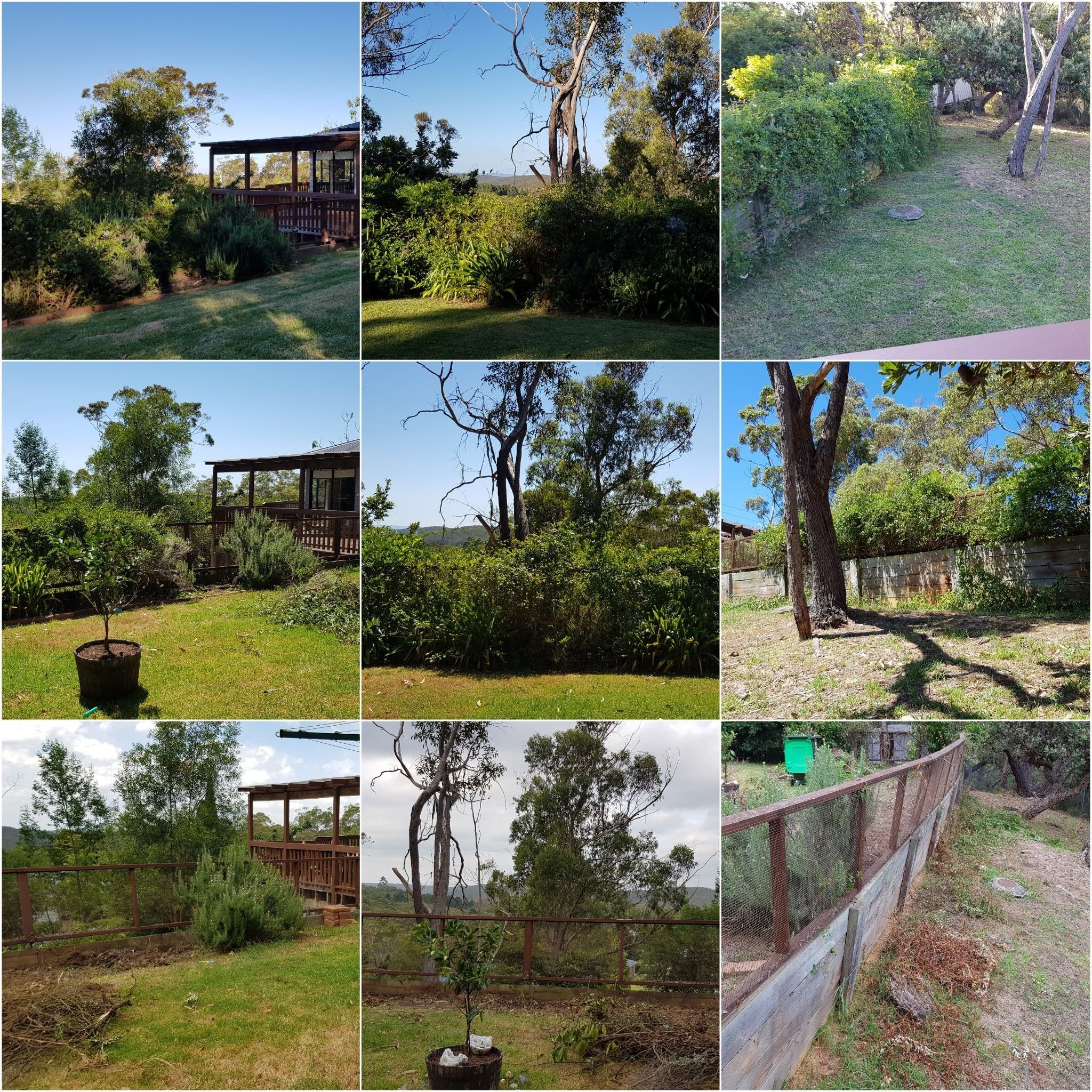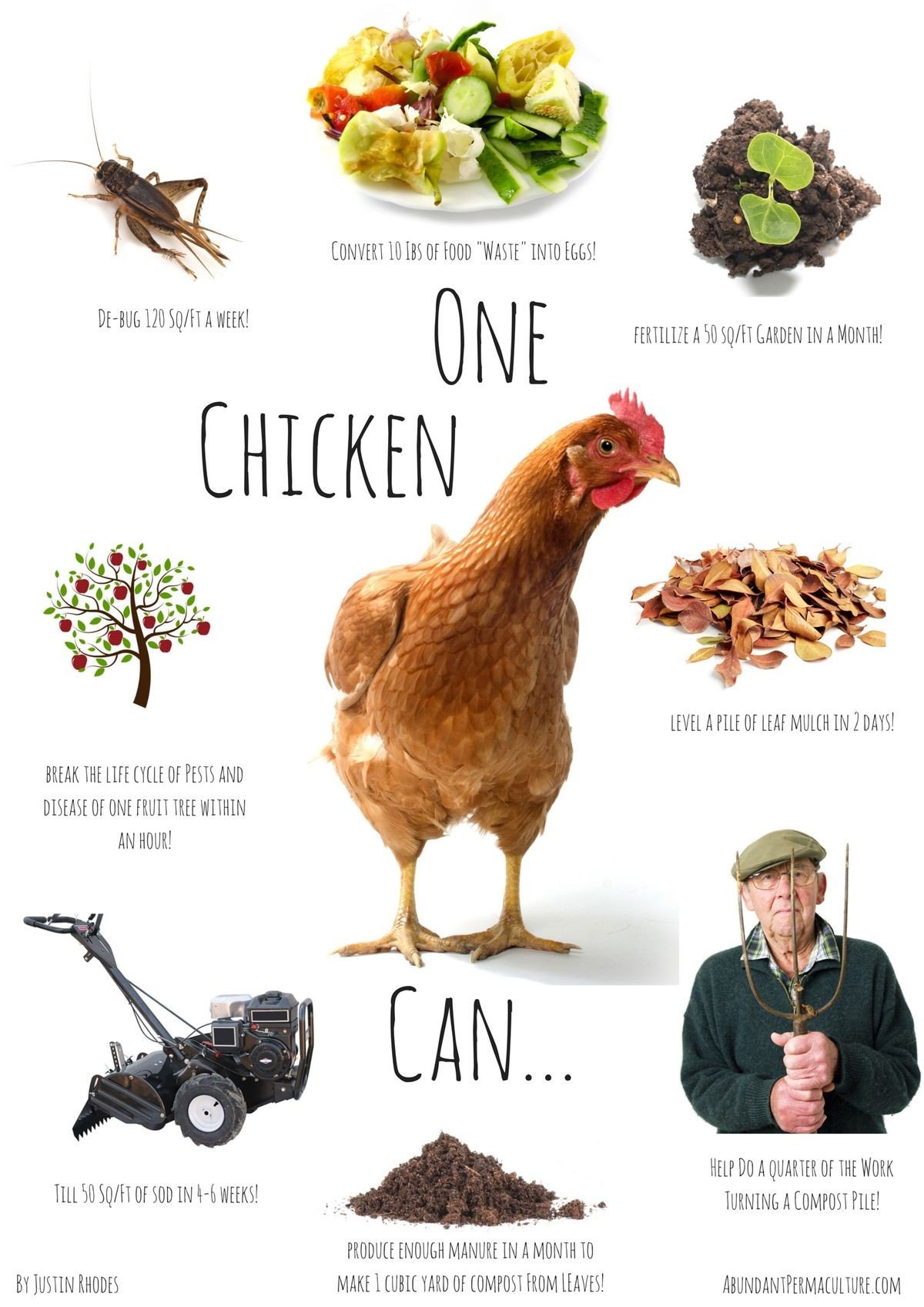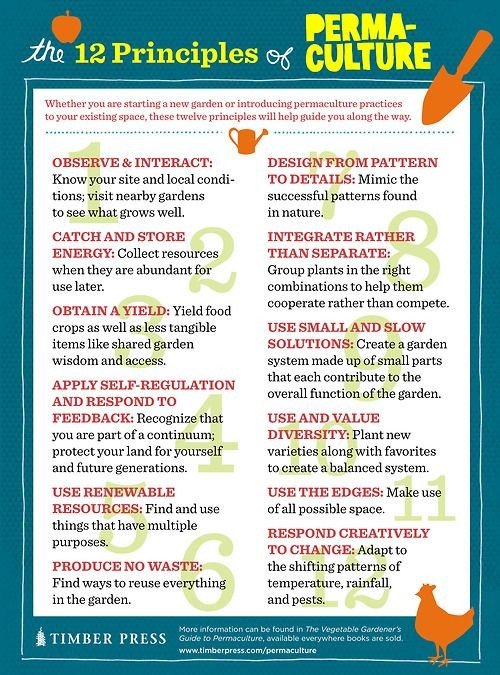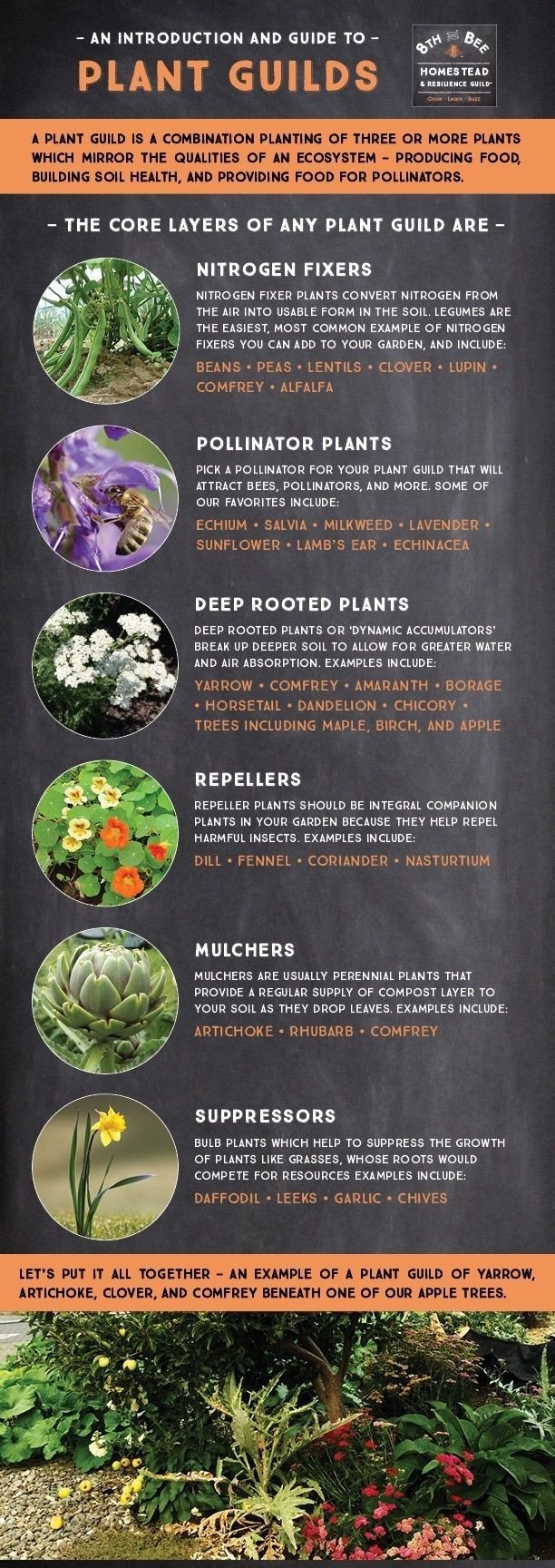Last week was a huge journey for me in terms of learning how to grow things, types of gardens, different gardening techniques.
Permaculture, Food Forests, Tree Guilds are the ones I'm obsessed about at the moment.
The way of gardening I remember was the lay the weed mat down, throw soil over it, put your plants in and make sure you water it.
Bugs wanting a cut of your crops, diseases, weeds ~ all that is normal.
This was all fine until I decided I don't want to eat food sprayed with God knows what. I want organic, and of course organic is expensive.
And that's when I decided to do some research.
But first...
Be a DIYer
Doing/creating something for yourself, by yourself is very empowering.
By taking the time to learn something new you're giving yourself something far more valuable than if you had purchased a service or a product.
It also brings forth appreciation. We live in such a fast paced world and everything is produced and sold so quickly we sometimes lose sight of the process it took for that item to get to you.
When you make your own things, grow your own food, you know exactly how much effort goes in and no doubt the fruit you grew will taste sweeter than any other fruit.
Knowledge, experience and skills are invaluable assets to have.
If shit goes south and there's no more fiat, no electricity, no water and all you got is you. Can you survive?
There was a point where we were prepped for 2 months. We had about 60 litres of water, canned goods, rice, dry pasta, toilet paper.. (don't forget the toilet paper!!)
I had been watching some docos and thought if we had to, can we survive? Then came the question of our consumption rate.... how much do we consume?
That 2 months was more like 1 month struggling on the last week. It was also a huge eye opener and it began our quest to be self sustainable. X amount of years later we are finally here.
This is the progress we've made over the last month, keeping in mind we moved in almost a month ago.

Not bad right?
I went from a lethal black thumb gardener, to a semi lethal, well researched black thumb gardener.
Now about those Food Forests.
Food Forests
A Food Forest is exactly what it sounds like. A forest of food. Instead of having a manicured garden with hedges and shrubs, a food forest is more like a self sustaining ecosystem that produces food.
1000sqm of land sounds like a decent amount, at least that's what we thought before we learned about Food Forests.
Then we began watching YouTube videos of people's Food Forests and were floored at the amount of space and animals they all had.

(Everyone had chickens!) Source
James Prigioni is our fave source of gardening wisdom at the moment. Here he is in Phase One of his "How to Grow a Food Forest" series.
He was actually instrumental with us ending up with the "lasagna" method. The way he explains things is so easy to understand and even easier to absorb.
Although he doesn't mention "swales" in any of the videos I've seen so far, a few of the others do especially in Permaculture videos.
Swales are trenches dug along the contours of the land to maximise water catchment and efficiency of water dispersion. Having swales in your garden will help keep your plants watered and for people like us with a sloping yard, it will help keep the water on your property for your garden.
Permaculture
Permaculture is the conscious design and maintenance of agriculturally productive ecosystems which have the diversity, stability, and resilience of natural ecosystems. It is the harmonious integration of landscape and people — providing their food, energy, shelter, and other material and non-material needs in a sustainable way. Source
Permaculture in so many ways suit us and the direction we want to head in life.
We are far from being eco warriors, but we're aware of our footprint and the cost of over consumption of the Earth's resources.
In deciding on the lasagna method we were able to reuse a lot of materials destined for the tip like the green waste from clearing the garden, to ALL the boxes from the move. Reusing all these materials not only saved us time, but also money in the future.
All of a sudden I'm seeing our green waste in a totally different light and something we could store in the future instead of throwing in the bin.
Another thing that comes hand in hand with permaculture is the Tree Guild concept.
Tree Guilds or Plant Guilds
Tree Guilds or Plant Guilds is basically another term for Companion Planting, well to me anyway.
In my companion planting research all I found was bits and pieces of which plants should be together which is a great start but I need to know more.
The infographic above explained it beautifully and I referred to it when we were at Bunnings plant shopping.
I tried to incorporate some of the core layers like pollinators, repellers, nitrogen fixers into my bag garden set up, but only time will tell.
I wanted to share my new garden set up with you guys today but I realised I needed to do a brief explanation on a few things so my next post can make sense.
Are you an experienced gardener? Do you have any tips you want to share? Pop them in the comments! Would love some tips!
❤ Arly



